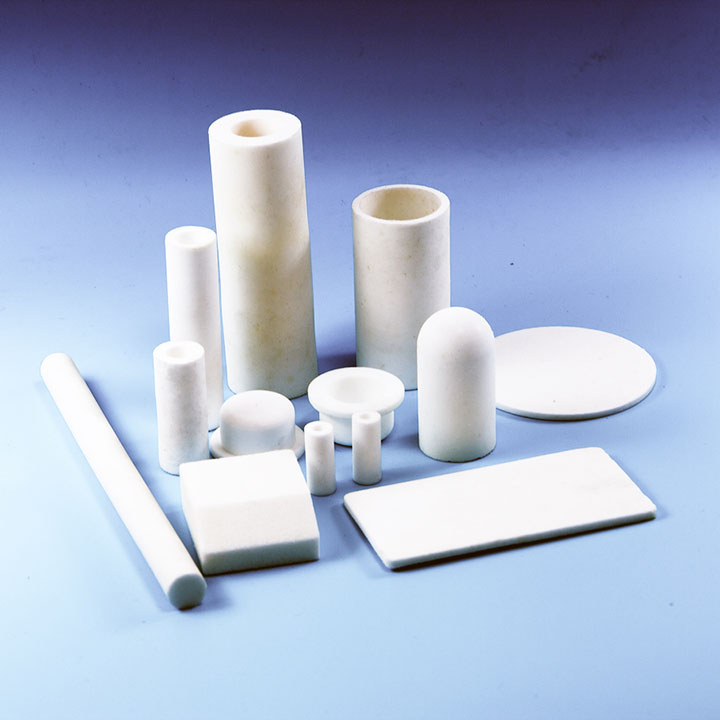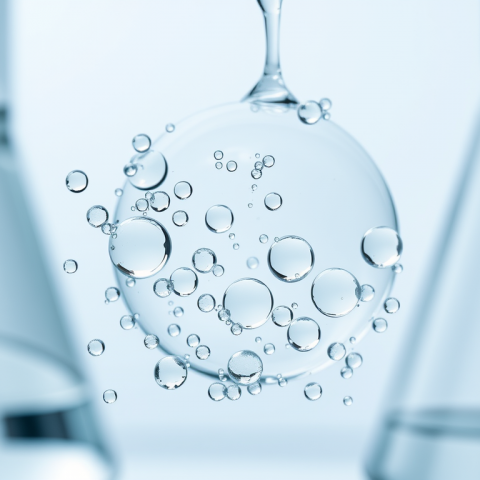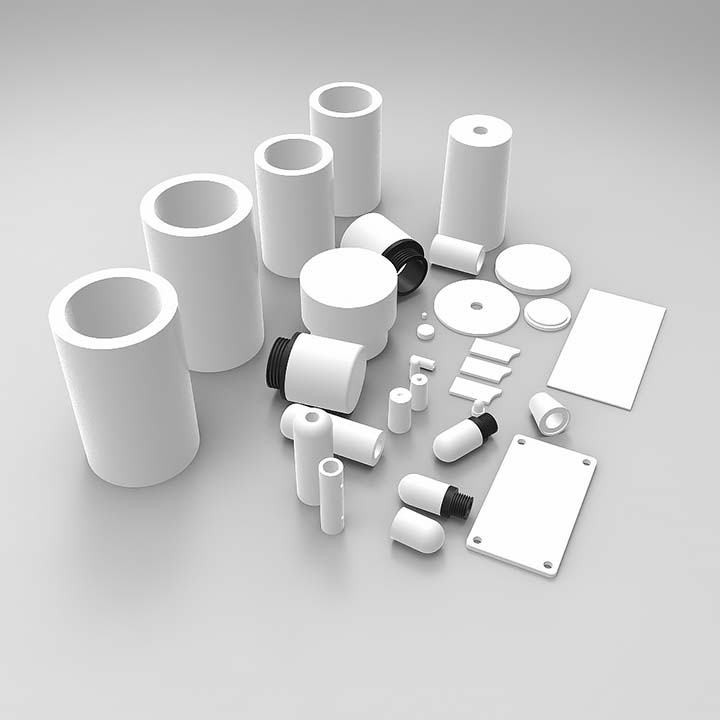Why Customization Matters in Filtration Systems
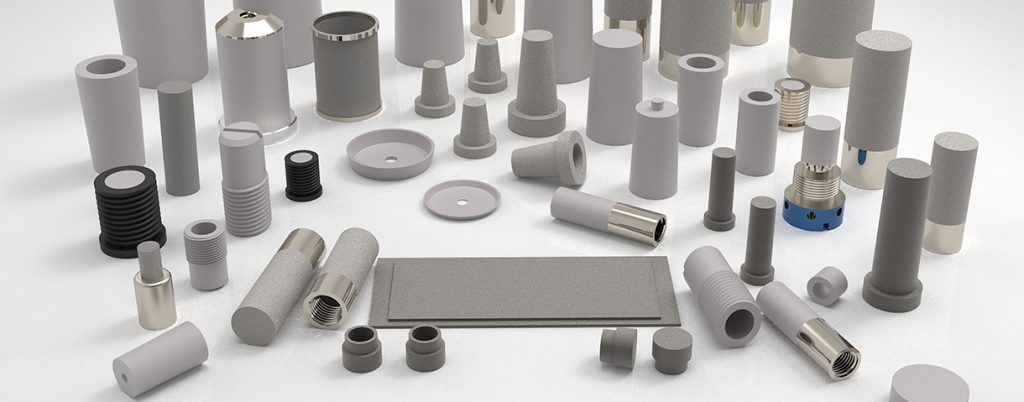
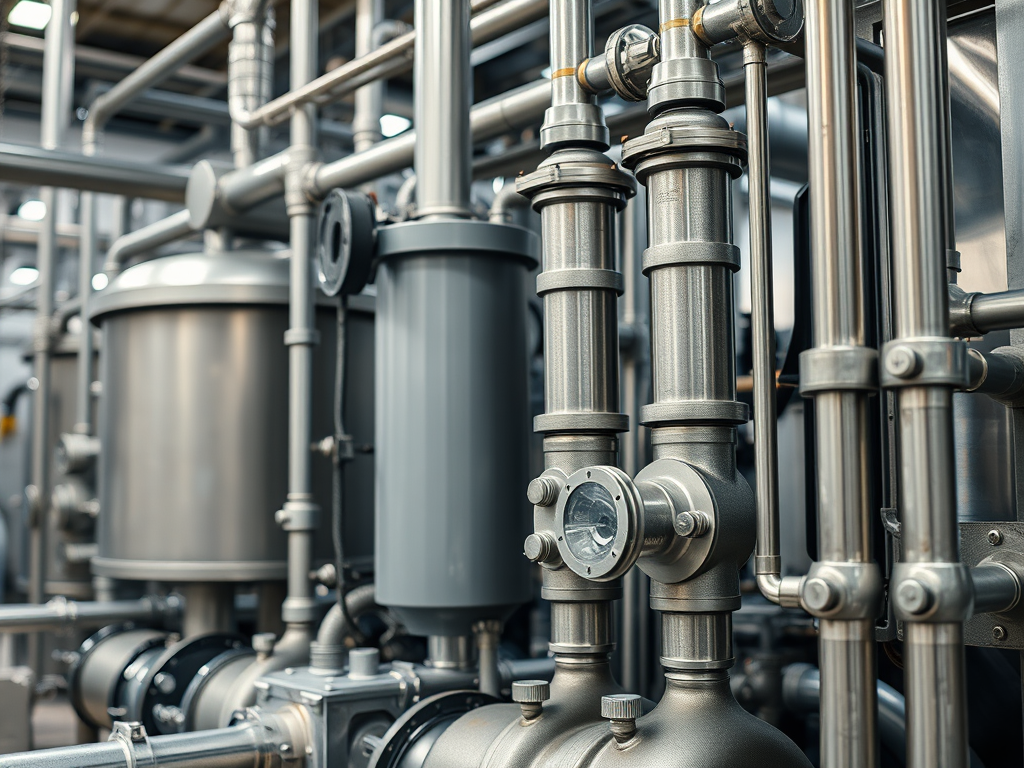
Sintered metal filters are widely adopted across industries—from aerospace and chemical processing to pharmaceuticals and energy—because they offer high durability, deep filtration, and excellent chemical resistance. But the true value of a sintered filter is unlocked when customized to your exact application, ensuring it fits seamlessly into your system while delivering optimal flow and filtration performance.
Standard filters may not meet unique requirements like:
- Extreme pressure or temperature conditions
- Unusual piping dimensions
- Ultra-fine or dual-stage filtration
- Corrosive chemical compatibility
This is where DALON’s custom sintered filter capabilities come in. With precision powder metallurgy manufacturing, we can produce tailor-made filtration solutions with precise control over pore size, wall thickness, material grade, end connections, and more.
1. Pore Size (Micron Rating) Customization
Filtration performance begins with pore size. Whether you’re removing sub-micron particles from medical gases or coarse sludge from hydraulic oil, precise pore engineering is key.
Standard Pore Size Range:
- 5µm – 100µm (absolute or nominal rating)
Common Custom Options:
| Pore Size | Use Case |
|---|---|
| 5 µm | Ultra-fine filtration (e.g., pharmaceutical gases, hydrogen lines) |
| 10–20 µm | General industrial use (compressed air, coolant recirculation) |
| 30–50 µm | High-flow media, diesel fuels, cutting fluids |
| 80–100 µm | Rough filtration (powder recovery, large particle retention) |
Extended Range:
- <5 µm available with fine powders or multi-layer laminate construction
- >100 µm suitable for particle support structures or flow distributors
💡 Note: All filters can be validated via bubble-point testing and flow rate verification to ensure actual vs. nominal pore rating.
2. Custom Dimensions and Shapes
Whether you’re replacing an OEM component or building a new process skid, filter dimensions are often critical for performance and compatibility.
Diameter:
- Inner Diameter (ID): 5 mm – 200 mm
- Outer Diameter (OD): 10 mm – 250 mm
- Wall Thickness: From 1 mm to over 10 mm, depending on pressure requirements
Length:
- Standard: 10 mm – 1000 mm
- Longer lengths available for modular, cartridge-style assemblies
Geometric Variations:
| Shape | Application |
|---|---|
| Cylindrical Tubes | Most common; easy to mount in housings |
| Conical Ends | Funnels flow; simplifies assembly/disassembly |
| Flat Discs | Gas spargers, silencers, backpressure regulators |
| Custom Profiles | Square, slotted, hexagon—based on drawing or sample |
End Configurations:
- Threaded (NPT, BSP, Metric)
- Flanged (DIN, ANSI)
- Welded caps or open ends
- Quick-connect bayonet types
✅ We can match or replicate dimensions from supplied CAD drawings or physical samples.
3. Material Options and Chemical Compatibility
The filter’s base alloy determines its temperature tolerance, chemical resistance, and regulatory suitability.
| Material | Best For | Temp Range |
|---|---|---|
| 316L Stainless Steel | Corrosive media, solvents, seawater | –200°C to +650°C |
| 304 Stainless Steel | General use (air, water, food-grade) | –50°C to +400°C |
| Nickel 200 | Alkaline/caustic systems | –200°C to +600°C |
| Monel® | HF acid, brine, marine environments | –100°C to +550°C |
| Titanium | Ultra-corrosive or biocompatible applications | –250°C to +600°C |
Optional Coatings:
- Nickel plating for enhanced corrosion resistance
- PTFE coatings for low adhesion and anti-fouling
- Graphite-infused bronze for self-lubricating filter bushings
4. Porosity and Flow Characteristics
The porosity of a sintered filter—along with the tortuous path structure—affects both its dirt-holding capacity and flow rate.
Key Parameters:
- Porosity Levels: 20% to 50% (open void volume)
- Permeability: Directly proportional to porosity and pore uniformity
- Flow Rates: Tuned via wall thickness and porosity control
Multi-Layer Designs:
| Layer | Micron Rating | Function |
|---|---|---|
| Outer | 50 µm | Pre-filtration / coarse retention |
| Inner | 10 µm | Final filtration / fine particle removal |
🌀 Ideal for staged filtration applications like diesel polishing or resin recovery.
5. Surface Finishes, End Caps, and Mechanical Add-Ons
Customization also extends to the mechanical finishing of the filter:
Surface Finish Options:
- Electropolished: Smooth surface, ideal for sanitary use or particle-sensitive environments
- Pickled & Passivated: For enhanced corrosion resistance
- Glass-bead Blasted: For aesthetic finish or roughening in bonding applications
Connection & Structural Options:
- Flanges: ANSI, DIN, or custom
- Threaded Ends: BSPP, NPT, Metric
- Welded Caps: For dead-end filtration or pressurized chambers
- Perforated Support Cores: Reinforce thin-wall elements in high-pressure systems (>50 bar)
- Mounting Brackets or O-Ring Grooves: For modular skids or sealed vessels
6. Certifications, Testing, and Traceability
To ensure product reliability and system compliance, DALON offers full quality assurance and testing protocols:
Certification & QA:
- Material Traceability: Mill Test Reports (MTRs)
- Inspection Documents: Per EN10204 3.1 or 3.2 standards
- Compliance Standards:
- ISO 9001
- FDA (food-grade applications)
- ASME BPE (bioprocessing equipment)
- EU Pressure Equipment Directive (PED)
Performance Testing:
| Test | Purpose |
|---|---|
| Bubble Point | Confirms pore rating / integrity |
| Flow Rate Test | L/min at 1 bar ΔP; confirms throughput |
| Burst Test | Confirms max pressure tolerance |
| Ultrasonic Leak Test | For high-purity gas systems |
| Visual + Microscopic Inspection | Final QA for defects or inclusions |
📋 All test data can be delivered with each shipment, per customer request.
Example Custom Order: Hydrogen Gas Filtration
| Parameter | Specification |
|---|---|
| Application | High-purity hydrogen gas filtration |
| Material | Electropolished 316L stainless steel |
| Pore Size | 5 µm (absolute) |
| Dimensions | ID 20 mm × OD 25 mm × Length 100 mm |
| End Config | Welded cap + M6 threaded port |
| Testing | Bubble-point test + flow report at 10 bar |
This configuration supports leak-free hydrogen service in a compact lab-scale fuel cell system, with performance validation and stainless steel documentation for system certification.
FAQ: Customization Process
Q1: How do I request a custom filter?
Provide the following:
- Fluid/gas type: e.g., oxygen, acids, oils
- Operating conditions: temperature, pressure, flow rate
- Filtration goal: particle size, purity class
- Dimensions: ID, OD, length, connection type
- Regulatory needs: FDA, ISO, PED, etc.
Q2: What’s the lead time?
Standard lead time is 2–4 weeks, depending on complexity. Expedited options available for critical systems.
Q3: Can you replicate an existing filter design?
Yes. We can reverse-engineer filters using:
- CAD files (STEP, DWG)
- Physical samples
- Application drawings or product specifications
Q4: Is there a minimum order quantity (MOQ)?
- No MOQ for prototyping or custom one-offs
- Volume pricing discounts start at 50+ units
Precision Filtration Starts with Custom Engineering
From the micron rating to the mounting flange, every component of a sintered metal filter can be engineered to fit the unique demands of your system. Whether you require a sterile-grade hydrogen filter, a molten metal oxide screen, or a steam-rated sanitary gas diffuser, DALON offers the full spectrum of custom filter design, testing, and production.
Let our engineers help you build the exact filter element you need, with verified performance, quality assurance, and system integration in mind.
Explore our custom sintered metal filter solutions here or request a free technical consultation for your application today.


